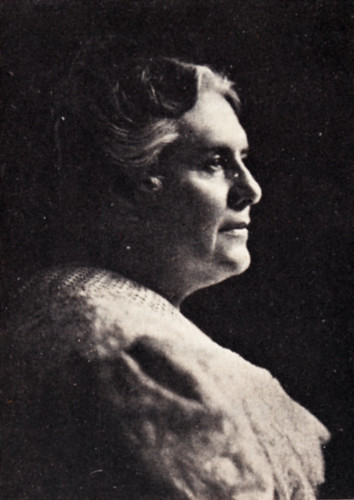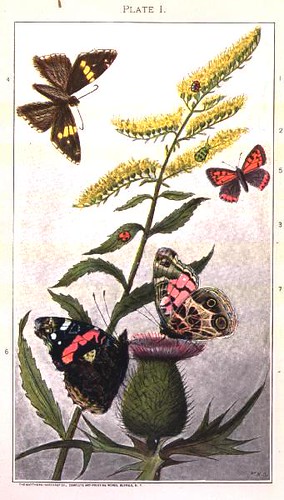
March is Women's History Month, a time to pay tribute to the contributions of women and the significant role they’ve played in agriculture and beyond. This year’s celebration focuses on “Women Inspiring Innovation through Imagination: Celebrating Women in Science, Technology, Engineering and Mathematics.”
Although their contributions to the success of agriculture have not always been well-documented or well-recognized during their lifetime, many women have emerged as significant role models and contributors and had a high impact on agriculture and the study of sciences in general.
One such inspiring woman was Anna Botsford Comstock (1854-1930) who made many contributions as a scientific illustrator and educator. She emerged as a leader in the nature studies and was the first female professor at Cornell, even though the university would not recognize her as a full-time professor until 1920—just two years before her retirement.
As an artist she produced over 600 insect illustrations for her husband’s projects and publications. Her husband, John Henry Comstock, worked for USDA, and his Introduction to Entomology was just one of the many important texts that they published together. Their books are still used by countless agricultural students and professionals as a guide to understanding the insect world and its impact on plants and crops. In fact, many crops rely on insects for pollination and depend on insect management to prevent crop damage.
Anna was also the first educator to bring her students and other teachers out of the classroom and into nature. This literally opened the doors for the academic study of natural sciences, with hands-on learning and first-hand observation making courses more robust and applicable. In 1895, she was appointed to the New York State Committee for the Promotion of Agriculture, and focused on bringing the study of natural sciences into the public school system and training teachers on how to introduce young learners to nature. She authored the Handbook of Nature Study which is still being used today to teach students how to study and observe nature.

When asked about Comstock and her book, Agricultural Marketing Service (AMS) employee, Heather Farber-Lau, commented, “Prior to working for AMS, I taught outdoor environmental education and directed outdoor programs for the Girl Scouts. Here’s the funny thing – I’m sure that we used some of her materials and her name seems so familiar to me. But if you asked me if we used Comstock’s texts or illustrations, I would be hard pressed to say yes, confidently.
“And maybe that’s the point of celebrating these months – to bring awareness of accomplishments of our foremothers, because they are just not well known. I’m glad Anna Comstock spent this time cataloging and recording all of this great information about the outdoors. She is a good role model for me and for my daughters, too – to get outside, enjoy nature, and pay attention to all of the critters, big and small, around us!”
Visit www.womenshistorymonth.gov to learn about other women who have shaped our history.
